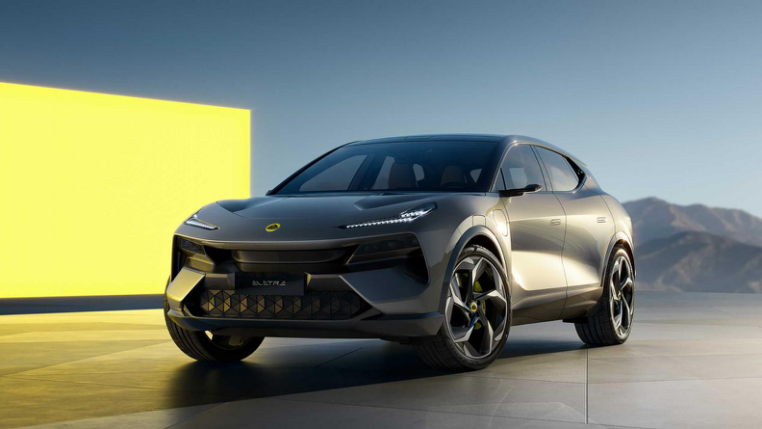文 | 7- Song
Have you noticed that most high-end pure electric SUVs we talk about these days are priced below 600,000 RMB? Unlike in the era of gasoline-powered cars, million-yuan luxury SUVs seem to have lost their dominance in the market.
However, we all hope that million-yuan luxury SUVs won’t wither away. As we can see, luxury SUVs such as the Mercedes EQS (SUV version), BMW iX M60, the nearly one million Model X, and the GAC HiPhi X, all exhibit stunning characteristics, proving the market’s necessary existence.
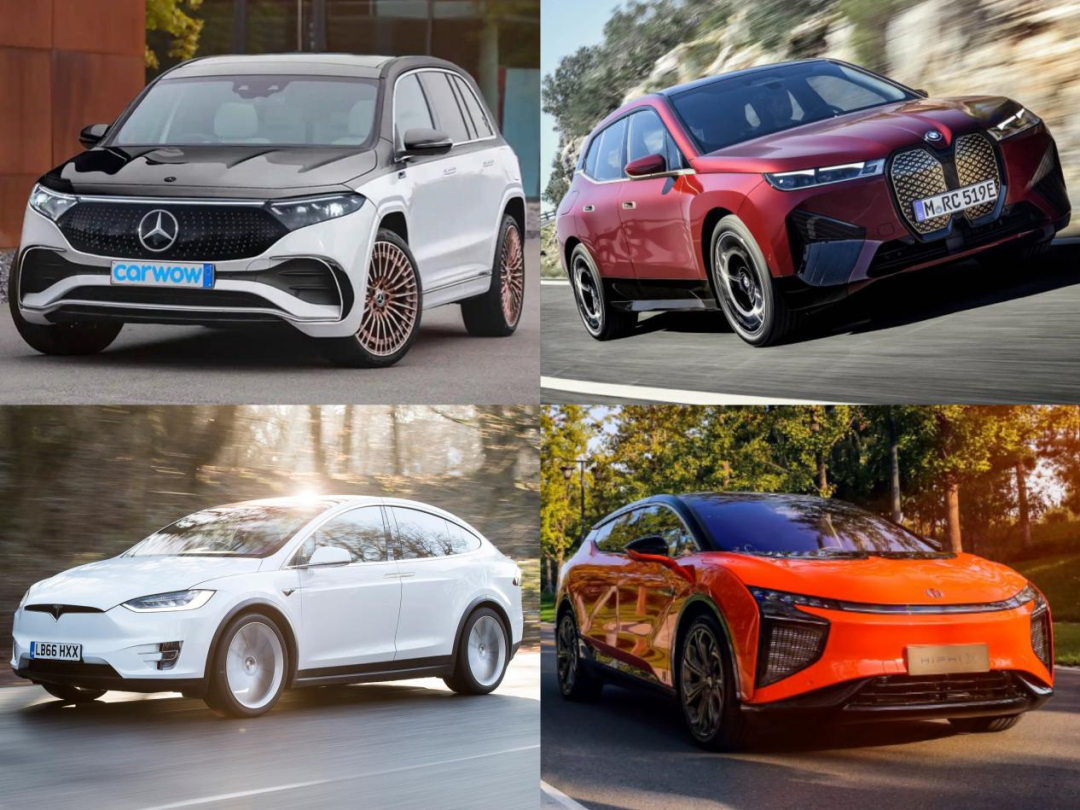
The Three Key Attributes of Million-Yuan Luxury Pure Electric SUVs
Luxury car makers are eager to seize market expectations. Recently, the sports and racing car manufacturer Lotus launched a pure electric luxury SUV called Eletre, and its retail price has yet to be formally announced, possibly targeting million-yuan buyers.
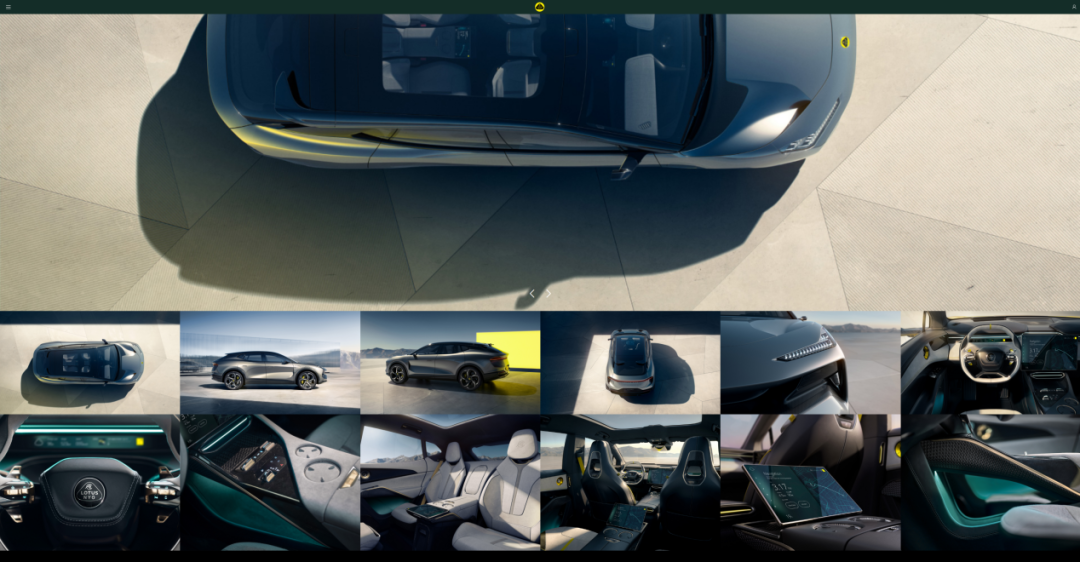
Lotus is more widely known for its other name – Lotus Cars. In 2017, Geely acquired a 51% stake in the company. Therefore, Eletre’s potential to become a new candidate in the million-yuan category has many expectations, from brand sentiment to Chinese corporate interests.
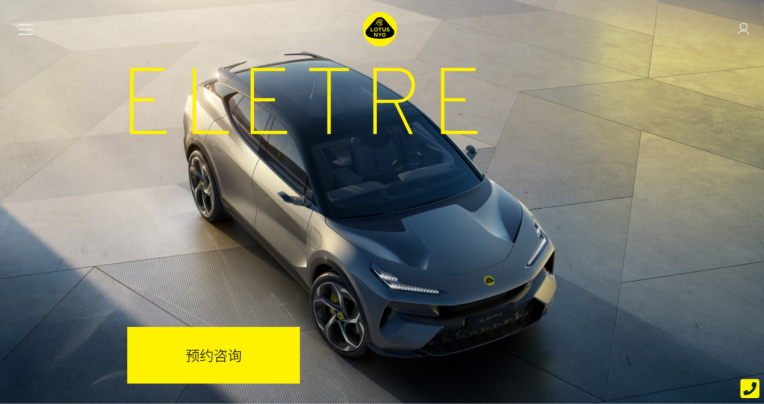
To discuss whether or not Eletre is worth the anticipation, we need to spend some time understanding how million-yuan luxury cars are played.
While cost-performance ratio is king for most mainstream cars, million-yuan luxury cars are unusual. Besides the brand’s cultural premiums, “outstanding sports performance, aerodynamics, and ultimate lightweight” are three hardcore attributes that appear frequently. As the three key attributes of a million-yuan luxury SUV, they build a powerful barrier.# Million-Level SUV is Trending, While Eletre Pure Electric SUV Stands Out with Its Excellent Performance
Eletre has solidified its place in the SUV industry with a top-of-the-line configuration and sporty exterior. Despite being a mid-to-large-sized SUV, it boasts an acceleration time of 3.9 seconds, putting it in the same league as high-end sports vehicles. Its streamlined body design keeps its drag coefficient at 0.35Cd, and its lightweight chassis is one of its signature selling points.
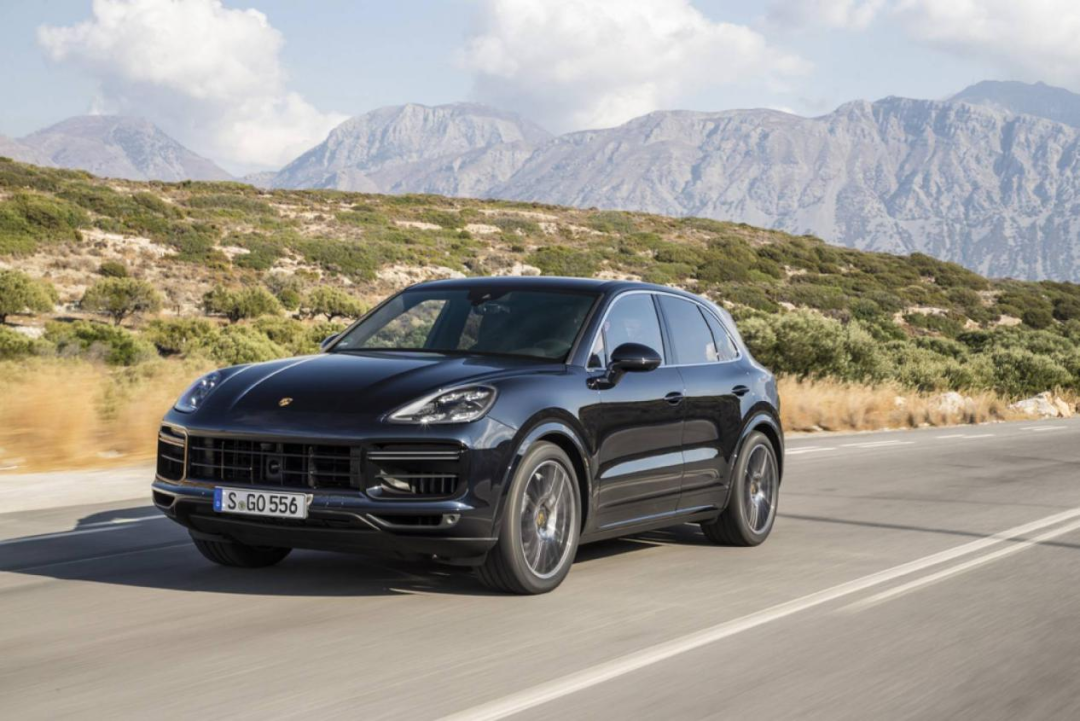
Luxury pure electric SUVs also highly value these three features but have adjusted their approach to fit electric vehicles. Here we will take a look at how Eletre stands up in these three areas.
Outstanding Athletic Performance
To be a supercar in the SUV category, an excellent acceleration time is a must-have. Equipped with front and rear dual electric motors, Eletre has a total power output over 608 horsepower and an acceleration time of 2.95 seconds for 0-100km/h. In the future, it is highly likely that Eletre will launch a three-motor version with a total power output of 900 horsepower and an acceleration time of less than 2.5 seconds.
With a sub-3-second time, Eletre’s strength is undeniable.
As a reference, Lamborghini Urus uses a 650 horsepower 4.0T V8 engine and has a 0-100km/h acceleration time of 3.6 seconds. Alfa Romeo Stelvio Quadrifoglio uses a 510 horsepower 2.9T engine and has a 0-100km/h acceleration time of 3.8 seconds.

Of course, pure electric cars have a competitive edge in acceleration due to their power output characteristics, so these data points can only be used as a reference.
Comparing pure electric SUVs, the times range from 2.5 to 3 seconds, which is also impressive. For example, the Mercedes EQS 580 with dual motors has an acceleration time of 4.3 seconds, the BMW iX M60, the highest-performing model in the iX series, has an acceleration time of less than 4 seconds. HiPhi X with dual motors has a time of 3.9 seconds, and the Tesla Model X Plaid with three motors has an acceleration time of 2.6 seconds.
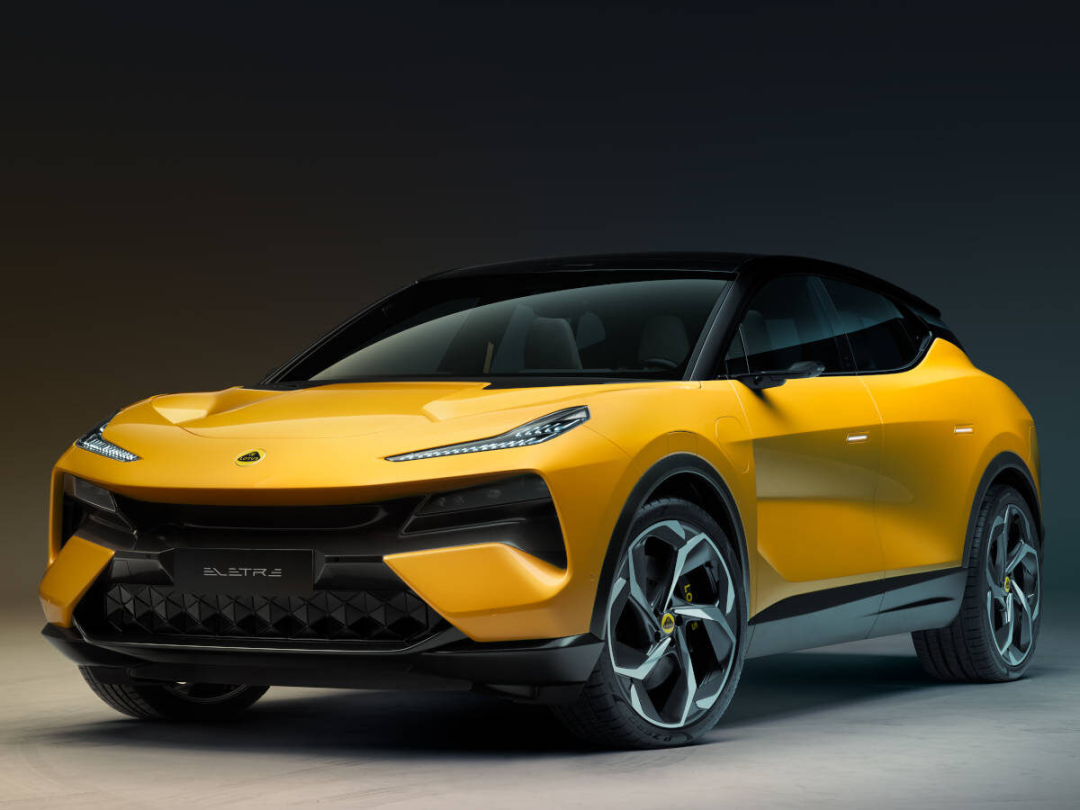
Looking at the trend, the supercar-level electric SUVs are still trying more possibilities, especially leveraging new technologies.
Currently, automatic (assisted) driving technology can be reliable under certain conditions, such as low traffic volume, designated lanes, and low speeds. However, it is still not enough to handle complex traffic environments. Besides, when driving a supercar with a 0-100km/h time under three seconds, it’s hard for anyone not to push down on the accelerator.However, higher speed can lead to insufficient environmental perception (the sensors capture incomplete information due to the high velocity), and the danger increases as the controller has less time to make decisions.
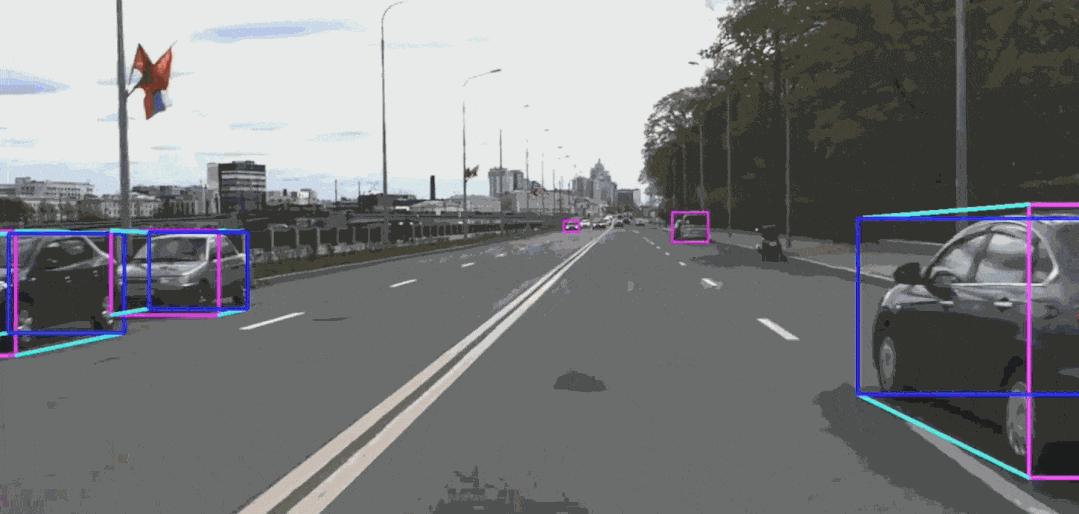
Eletre is equipped with four 128-line LiDAR, located on both sides of the front fenders and on the roof front and rear, which can be extended and hidden and will be retracted to reduce air resistance when not in use.
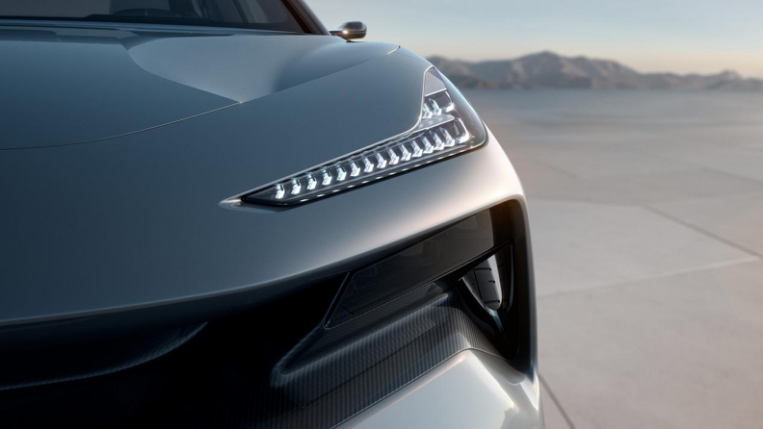
So what is this concept? This year’s heavyweight new cars, including Mercedes S, BMW iX, NIO ET7, XPeng G9, and IDEAL L9’s average LiDAR configuration is about 2, and the LiDAR thread is not so high. The high-tech car HiPhi X, which does well on the million-level market, has three Velodyne AT128 LiDARs but still cannot catch up with Eletre.
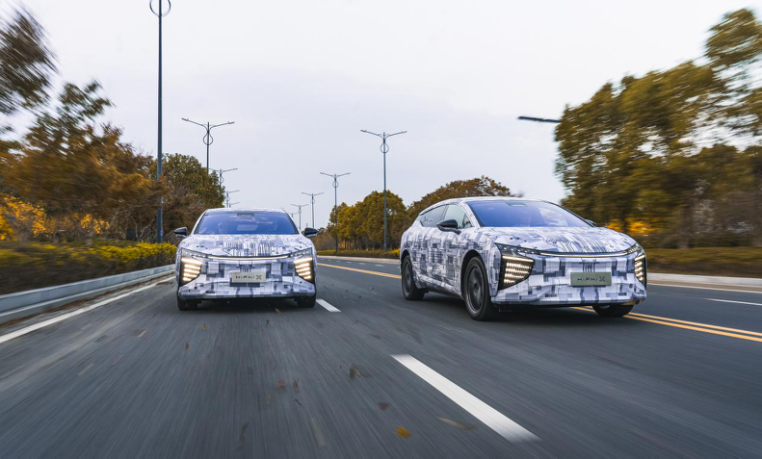
Having more than 100 scan lines means that enough laser point clouds can be reflected for object recognition beyond 200 meters. It should be noted that a luxury car model used a 4-line LiDAR in 2017, with a detection distance of only 80 meters.
Eletre has so many powerful sensors, and the direct benefit is to help drivers have more confidence in extreme situations. Moreover, from the layout of the LiDAR, I believe this is also the most reasonable one currently. The following figure shows several classic layout schemes of LiDAR, and you can see that Eletre is between L3~L4.
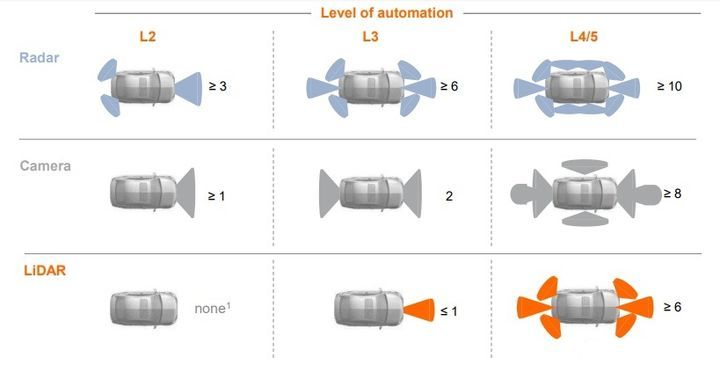 This car still has many unclear details, such as the two hidden laser radars at the front and rear of the car roof, and the flipping motor mechanism, which makes the car not small in size, so it is a big challenge to reduce its size and ensure stability. This is also the reason why models such as NIO ET7 and Ideal L9 choose fixed laser radars on the roof.
This car still has many unclear details, such as the two hidden laser radars at the front and rear of the car roof, and the flipping motor mechanism, which makes the car not small in size, so it is a big challenge to reduce its size and ensure stability. This is also the reason why models such as NIO ET7 and Ideal L9 choose fixed laser radars on the roof.
In any case, the Eletre’s power performance is worth looking forward to. With advanced driving assistance technology, drivers will also have more confidence in driving this powerful beast. Hopefully, they will announce more technical details about laser radar in the future.
Aerodynamics
When it comes to Lotus and aerodynamics, the most fascinating story is in 1954, when engineer Frank Costin bound himself to the hood to test the aerodynamic effect of the car body in order to create a streamlined body for Mark VIII.
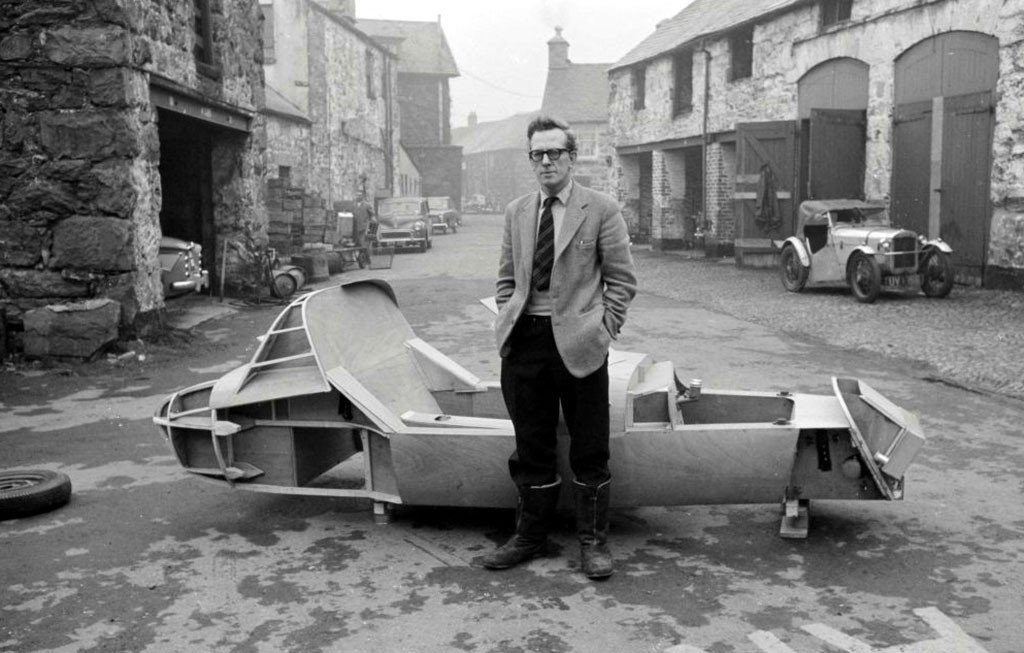
Of course, today, we don’t need engineers to sacrifice themselves to prove that car companies have put in a lot of effort in aerodynamics. With the development of automotive engineering, methods to control airflows have become clear, it just depends on whether the engineers will make full use of them.
Surprisingly, the Eletre’s drag coefficient not only reaches 0.26Cd but also manages to delight us. For example, the active air intake grille not only considers aerodynamics, but the grille blades also meet aesthetic needs.

The active air intake grille on the front is designed with triangular lotus petals connected to form a matrix. When it needs to reduce resistance, it remains closed. When the motor, battery pack, and braking system need to be cooled, it opens in a unique way, sucking in the airflow towards the radiator.
A typical air intake grille is like a louvered grille, as shown in the figure below. I think the triangular lotus petal design doesn’t have any functional improvement, but it’s definitely eye-catching. Do you like Eletre’s design?
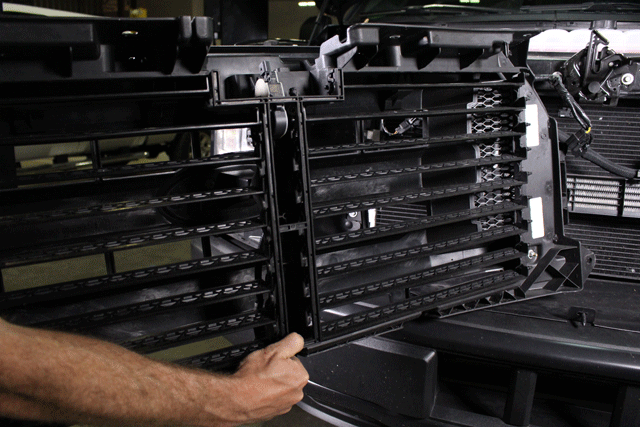
Its main course, the Race-Aero duct, is also flavorful. The Eletre body is full of porous designs, which are obviously designed by supercar designers. For example, the holes at the front edge of the car body can effectively guide airflow and are expelled through two vents on the top of the hood.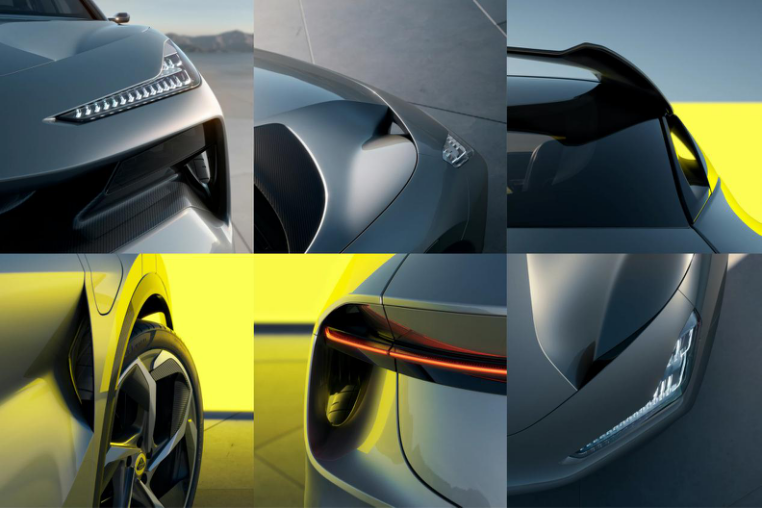
We know that pure electric vehicles have quick torque response and higher torque peak value than gasoline vehicles at the same price, which makes it easier to slip when driving in winter. The front face of Eletre provides 51kg of downforce, which is very helpful for grip.
Eletre also uses 23-inch blade-style five-spoke alloy wheels and carbon fiber components that assist in air flow. In addition, its standard streaming media rearview mirror also helps to reduce the drag coefficient. Referring to the Audi e-tron, its standard rearview mirror mode has a drag coefficient of 0.28 Cd, while the virtual rearview mirror is 0.27Cd.
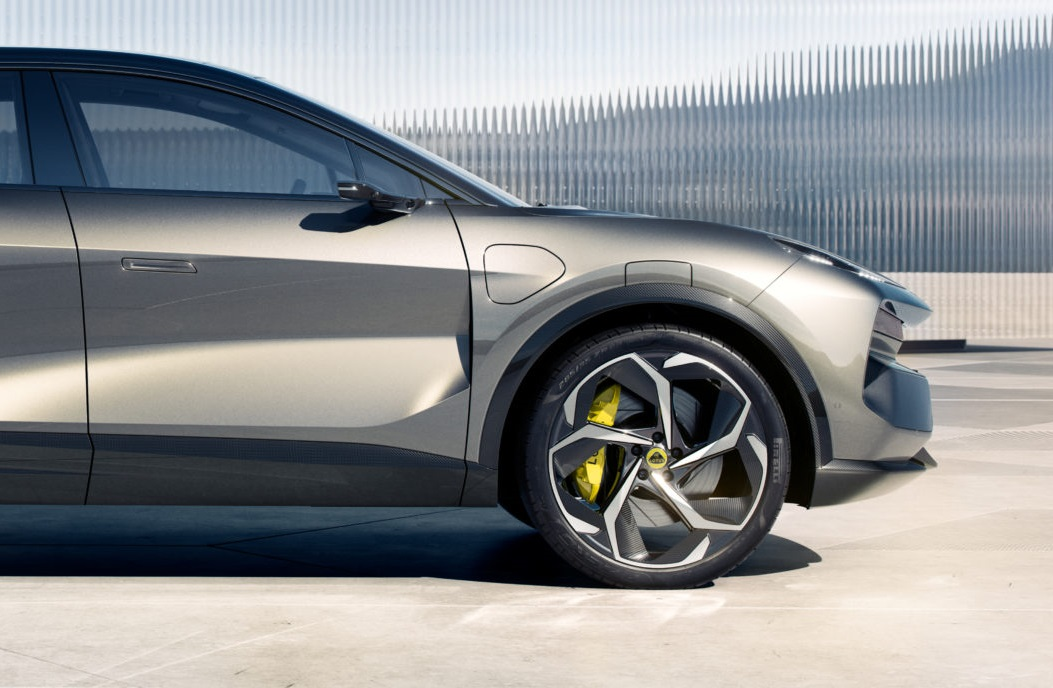
At the rear, Eletre is equipped with an active electric spoiler that provides three deployment angles according to the driving mode.
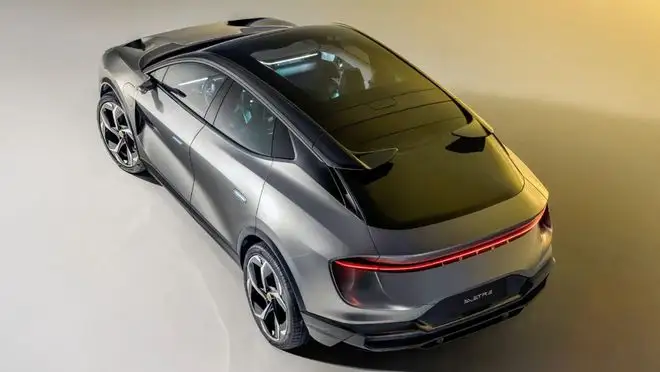
The active spoiler at the rear also has a lot of personality that echoes the front of the car. Generally, spoilers are integrated and rarely have a style with a middle break. It seems that there is some connection between virtual and reality. The last time I saw such a personalized wing was in the anime “Cyber Formula”.
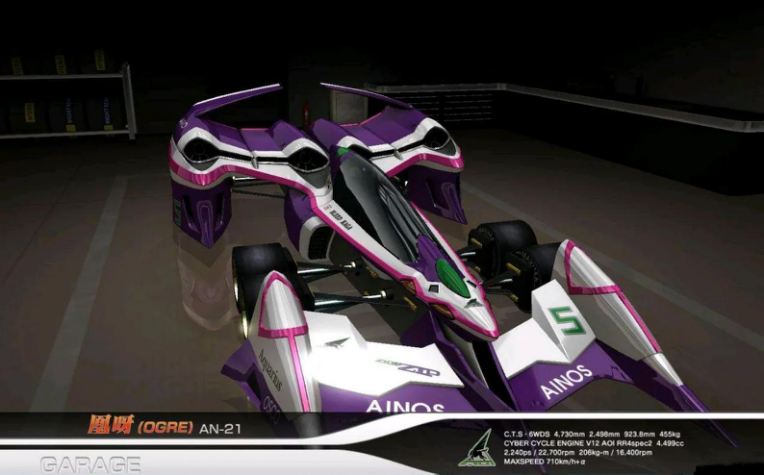
Interestingly, “Cyber Formula” is a computer navigation system that replaced F1 as the highest-level racing event in the world in the 21st century.
In 1968, the Lotus Type 49B was the first race car on the F1 track to be equipped with wings. Now, F1 wing technology has become an essential component. Is Lotus trying to lead the trend again?

In any case, Eletre’s rich aerodynamic design is also rare in million-level pure electric SUVs. Moreover, in terms of details, the designers did not stick to tradition and echoed the unconventional style of electric cars.
Extreme LightweightDue to the heavy battery pack system, electric vehicles need to achieve lightweight as soon as possible. Lotus engineers have controlled the weight of the new car to within 2000kg, which is outstanding even among fuel vehicles.
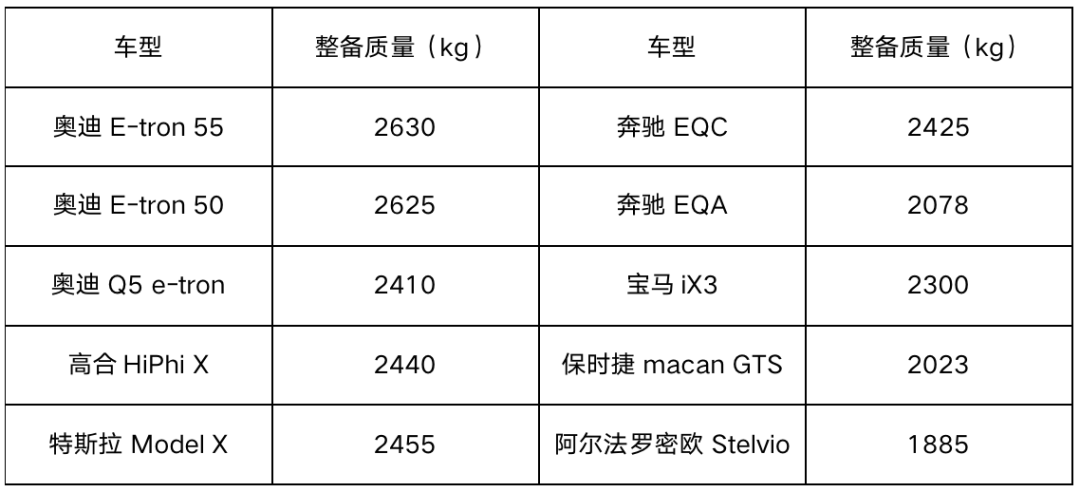
As for whether Eletre can really achieve the 2000kg target, I remain optimistic.
Firstly, Lotus cars are known for their pure driving pleasure and lightweight design. Supercar enthusiasts are no strangers to the lightweight beast Elise Cup 260, which weighs only 862kg.
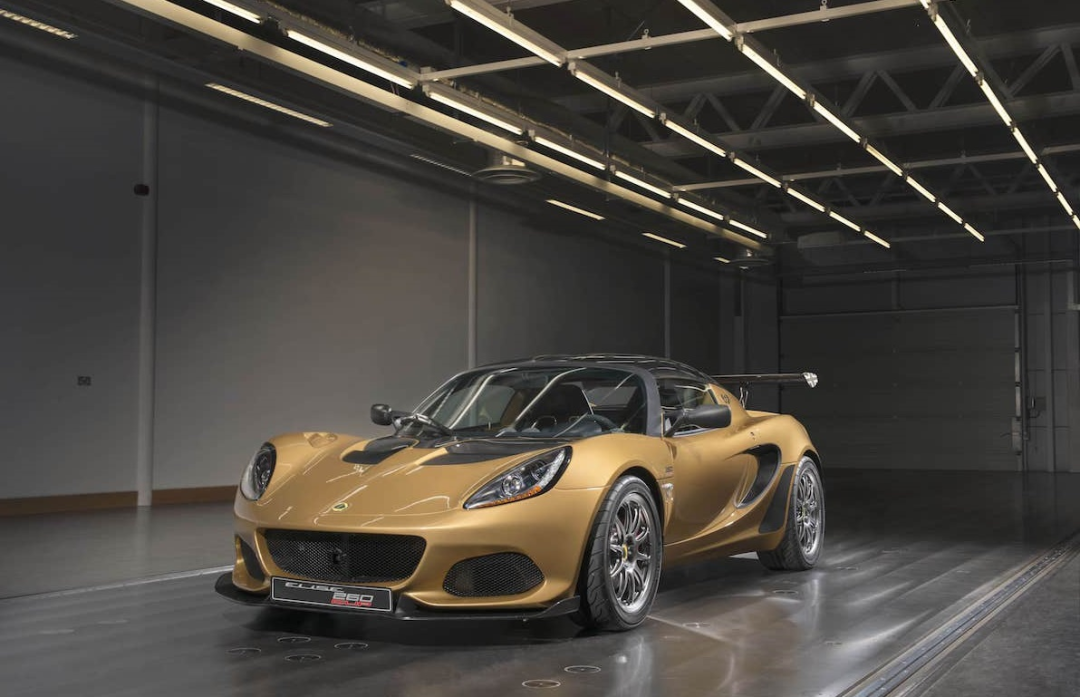
Eletre adopts a series of lightweight materials such as aluminum body and carbon fiber components. Moreover, many details also show that Eletre is trying its best to reduce weight. For example, the upper part of the rear of the car is a uniquely shaped carbon fiber wing, which abandons the traditional central part and is also conducive to reducing weight. For example, the use of wool-blend fabrics in the seats reduces weight by 50% compared to ordinary leather.
Of course, to achieve the goal of reducing weight by several hundred kilograms, the key still lies in the lightweight of Eletre’s battery pack. There are not many lightweighting methods for battery packs at present. Eletre supports battery pack combinations ranging from 92kWh to 120kWh, and it is unclear whether the 2000kg target refers to the 92kWh version. The weight difference between these two versions of battery packs may reach about 50kg.
Conclusion
In 2018, Lotus proposed the “Vision80” brand revival plan at the 70th anniversary of the brand. Now, they are still one of the earliest global supercar brands to transform to electrification. Traditional car companies are still turning around, and the battlefield of new forces is not here. If they can lay out early and launch market-recognized products, they will undoubtedly have great advantages.
Lotus Eletre will start production at a new Lotus factory in Wuhan in the second half of this year and will be sold in global markets in the future. A quarter of 2022 has passed, and it seems that we don’t need to wait too long, and my little doubts in my heart can also be answered.
By the way, seeing this, do you think this car is worth millions? Welcome to leave your questions, and let’s discuss together.
This article is a translation by ChatGPT of a Chinese report from 42HOW. If you have any questions about it, please email bd@42how.com.
